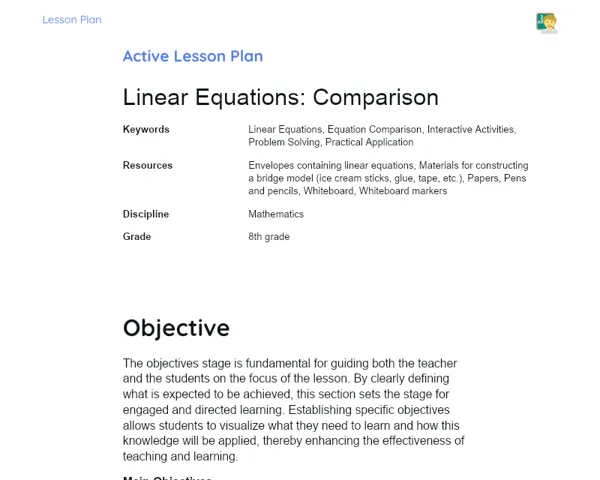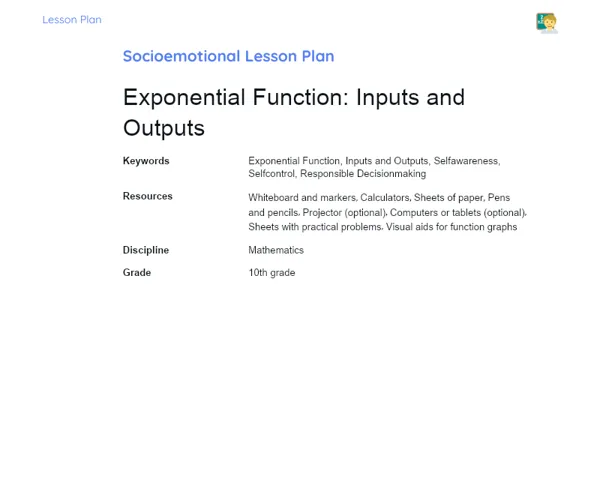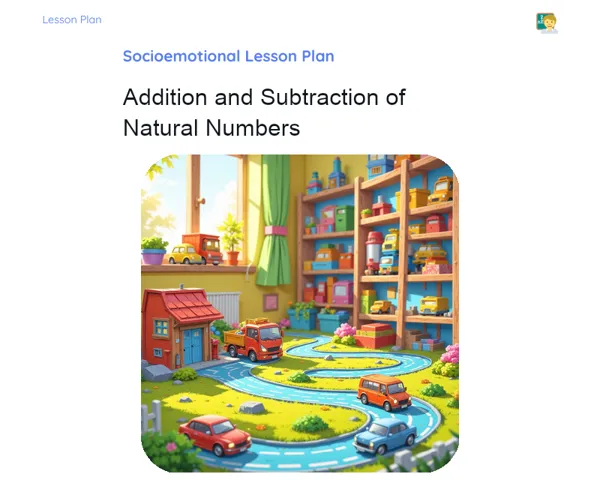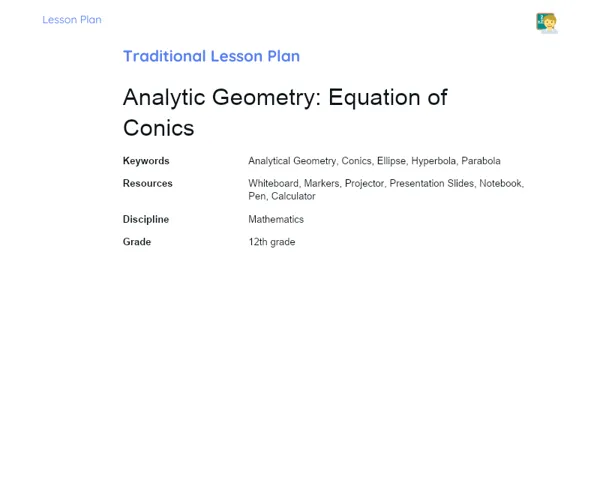Lesson Plan | Active Methodology | Triangles: Menelaus' Theorem
| Keywords | Menelaus' Theorem, Ratios between segments, Dynamic geometry, GeoGebra software, Bridge construction, Practical applications, Problem-solving, Teamwork, Student engagement, Critical thinking skills |
| Necessary Materials | Computers with GeoGebra software installed, Popsicle sticks, Glue, Printed maps for the treasure hunt activity, Weights for testing the strength of the bridges |
Premises: This Active Lesson Plan assumes: a 100-minute class duration, prior student study both with the Book and the beginning of Project development, and that only one activity (among the three suggested) will be chosen to be carried out during the class, as each activity is designed to take up a large part of the available time.
Objective
Duration: (5 - 7 minutes)
This section of the lesson plan aims to create a robust foundation for understanding and applying Menelaus' Theorem. By clearly articulating the objectives, students are directed to hone in on the essential concepts they will utilize for solving real-world problems in class. This structured approach optimizes learning time and boosts the efficacy of the subsequent activities.
Objective Utama:
1. Equip students with the knowledge to understand and effectively apply Menelaus' Theorem in tackling geometric problems that involve the ratios of triangle segments intersected by a line.
2. Enhance logical reasoning and deductive skills by engaging with geometric properties and proportional relationships.
Objective Tambahan:
- Foster teamwork among students through hands-on activities, thus promoting an interactive and participatory learning environment.
Introduction
Duration: (15 - 20 minutes)
The introduction is designed to captivate students with previous content, utilizing problem scenarios that ignite the application of Menelaus' Theorem. By emphasizing its significance and practical uses, students can appreciate the relevance of their learning, thus enhancing their enthusiasm and motivation to explore the topic in depth.
Problem-Based Situation
1. Picture yourself in a math contest where you've been tasked with proving that three points on a line divide the sides of a triangle proportionally, using Menelaus' Theorem. How would you begin tackling this challenge?
2. Envision triangle ABC with a line intersecting sides AB, BC, and CA at points D, E, and F. If the segments AD, BE, and CF maintain equal ratios, how can Menelaus' Theorem guide you in confirming this equality?
Contextualization
Menelaus' Theorem is not just a mathematical trivia; it's a vital geometric principle with real-world and historical significance. In ancient times, navigators relied on this theorem to ascertain a ship's position at sea by observing stellar alignments from various coastal points. Today, the theorem finds its application in fields like engineering, where precise measurements and defined proportions are crucial for constructing stable structures.
Development
Duration: (75 - 85 minutes)
The development phase is crafted to enable students to practically and creatively apply Menelaus' Theorem, reinforcing the knowledge gained at home. Through these activities, students will visualize, manipulate, and discuss various applications of the theorem, ranging from dynamic geometry to engineering projects and treasure hunts. These exercises aim to solidify collaborative learning and effective problem-solving, equipping students for real-world applications of the theorem.
Activity Suggestions
It is recommended that only one of the suggested activities be carried out
Activity 1 - Triangles in Motion
> Duration: (60 - 70 minutes)
- Objective: Visually grasp how Menelaus' Theorem operates and develop the ability to create and test geometric hypotheses.
- Description: In this activity, students will explore Menelaus' Theorem using dynamic geometry software like GeoGebra. They will craft various triangles and insert a line that cuts across the sides of the triangle. The goal is to discover how moving the line both inside and outside the triangle affects the segment proportions.
- Instructions:
-
Form groups of up to 5 students.
-
Each group should have access to a computer with GeoGebra installed.
-
Begin by constructing any triangle and a line intersecting all three sides.
-
Have each group manipulate the line and observe the variations in the segment ratios of AD, BE, and CF.
-
Students should document their observations and attempt to formulate a hypothesis about the relationships they find.
-
Each group will present their discoveries to the class, followed by a group discussion on the potential applications of Menelaus' Theorem.
Activity 2 - Bridge Builders Challenge
> Duration: (60 - 70 minutes)
- Objective: Apply Menelaus' Theorem in a realistic civil engineering scenario, enhancing mathematical calculations and construction skills.
- Description: Students will take on the challenge of designing a bridge utilizing Menelaus' Theorem to ensure both stability and correct segment proportions. Using popsicle sticks and glue, each group should construct a bridge that can bear the maximum weight while upholding the ratios dictated by Menelaus' Theorem.
- Instructions:
-
Divide into groups of up to 5 students and distribute popsicle sticks and glue.
-
Explain that they must design a bridge following the proportions outlined by Menelaus' Theorem for stability.
-
Students should compute the necessary proportions before beginning construction.
-
Once completed, each group will test the strength of their bridge by incrementally adding weights until failure occurs.
-
Groups will note the maximum weight sustained and discuss how Menelaus' Theorem impacted their design and the bridge's stability.
Activity 3 - The Mystery of the Ancient Map
> Duration: (60 - 70 minutes)
- Objective: Enhance problem-solving abilities and apply Menelaus' Theorem in an engaging treasure hunt scenario, encouraging collaboration and friendly competition.
- Description: In this activity, students will engage in a fictional geocache challenge where an ancient map points to hidden treasure. To unlock the treasure's location, they will need to leverage Menelaus' Theorem to decode the coordinates. The map visually represents a triangle and a line cutting its sides at specific locations.
- Instructions:
-
Split students into groups of up to 5 and hand out the 'Treasure Map'.
-
The map serves as a triangle with a line intersecting its sides at unknown points.
-
Students must apply Menelaus' Theorem to calculate the segment ratios and decipher the coordinates of intersection points.
-
The first group to correctly determine the coordinates will earn 'the treasure' (a symbolic prize, perhaps a certificate for outstanding performance).
-
Facilitate a group discussion regarding the strategies employed and how Menelaus' Theorem was applied.
Feedback
Duration: (10 - 15 minutes)
The purpose of this feedback session is to consolidate students' understanding, allowing them to express their learnings and absorb their peers' viewpoints. This reflective moment encourages comprehension of Menelaus' Theorem and its practical applications while promoting communication and critical thinking skills. Additionally, this discussion will help clarify any lingering doubts and reinvigorate the concepts learned, ensuring students can effectively utilize their knowledge across varied contexts.
Group Discussion
To kick off the group discussion, the teacher should prompt students to reflect on the activities conducted and share key observations and lessons learned. The teacher might start with a brief introduction, underlining Menelaus' Theorem's importance and its relevance in mathematical contexts and practical daily scenarios, such as navigation and engineering. Each group will then take turns to share their insights and the challenges they encountered during the activities. The discussion should focus on strategies, common pitfalls, and innovative solutions.
Key Questions
1. What were the main challenges faced while applying Menelaus' Theorem in these practical activities?
2. How did visualizing geometry in GeoGebra or constructing the bridge enhance your understanding of proportions and the theorem?
3. Were there any surprises or unexpected insights when applying the theorem in a different context than what was covered in class?
4. In what other ways do you think Menelaus' Theorem could be relevant beyond mathematics?
Conclusion
Duration: (5 - 10 minutes)
The conclusion aims to ensure that students leave with a clear understanding and consolidation of the discussed concepts. By summarizing and interlinking theory with practice, students can appreciate the significance of Menelaus' Theorem and feel inspired to further explore its implications and applications. This moment also reinforces learning, preparing students for future lessons and utilization of mathematical knowledge.
Summary
To wrap up the lesson, the teacher should summarize the key points covered regarding Menelaus' Theorem, highlighting its application in calculating segment ratios for lines intersecting triangle sides. Revisiting the practical tasks such as bridge building and the 'Treasure Map' activity will also help consolidate learning.
Theory Connection
Today's lesson connected mathematical theories with hands-on applications and engaging historical contexts, like the theorem’s significance in navigation and engineering. This served to illustrate the importance of mathematical concepts in real life and their ability to solve complex problems.
Closing
It is essential to emphasize that Menelaus' Theorem is more than mere mathematical knowledge; it’s a powerful tool that impacts numerous fields. Grasping its application is vital for developing analytical and critical abilities, which are necessary for both daily living and future professional endeavors.



